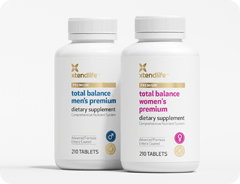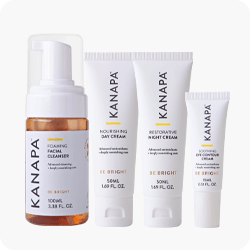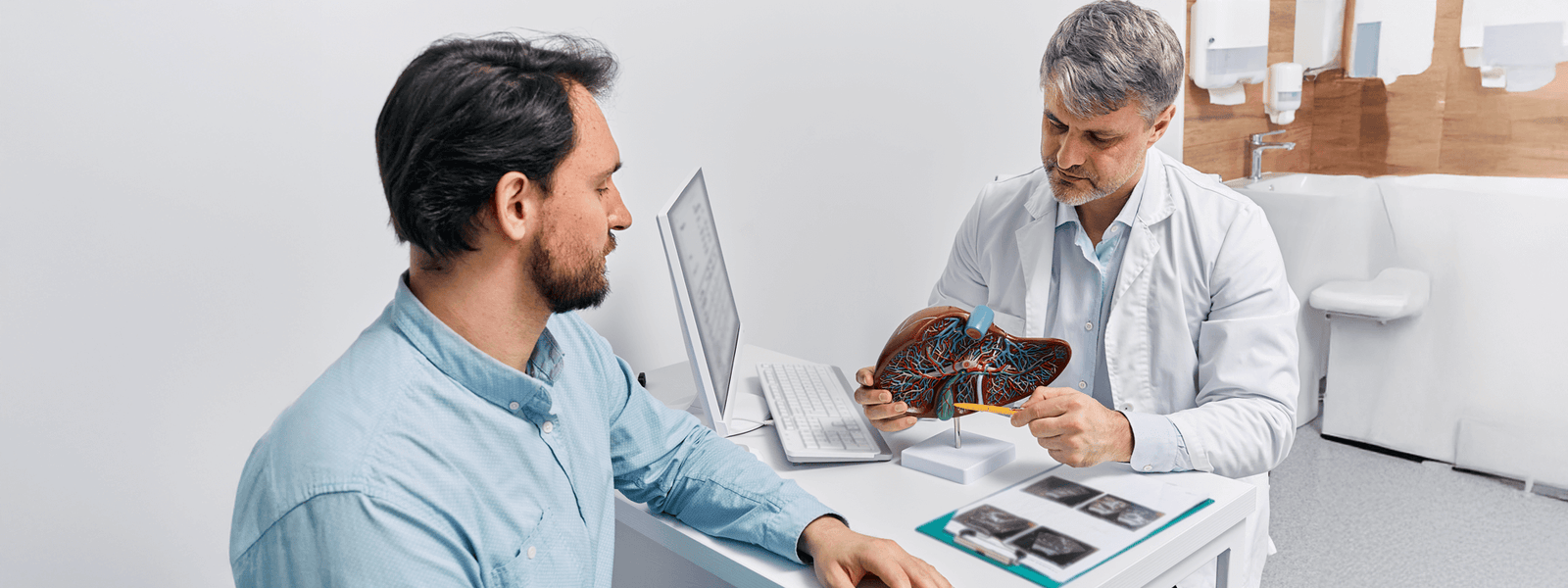Indeed, one of the key purposes of these two related blogs is to show you some of the most effective natural ways to limit sunburn damage and encourage faster healing.
However, to dispel the paranoia of the anti-sun proponents, it’s critical that you first understand why we agree with the well-researched and clinically robust evidence supporting the health benefits of moderate UVB ray sun exposure, and it’s production of Vitamin D. This first blog therefore presents the essential evidence.
Evidence Supporting the Health Benefits of Moderate Regular Sun Exposure
1.The Harvard School of Public Health provides an excellent summary of Vitamin D’s many health benefits (ref. 1): “Being “D-ficient” may increase the risk of a host of chronic diseases, such as osteoporosis, heart disease, some cancers, and multiple sclerosis, as well as infectious diseases, such as tuberculosis and even the seasonal flu.”
They also point out how Vitamin D deficiency has become ‘a global concern’ – “Worldwide, an estimated 1 billion people have inadequate levels of vitamin D in their blood, and deficiencies can be found in all ethnicities and age groups. In industrialized countries, doctors are even seeing the resurgence of rickets, the bone-weakening disease that had been largely eradicated through vitamin D fortification.”
2. UVB exposure has many other health benefits unrelated to vitamin D production. For example, evidence presented in a Dermato-Endocrinology article (ref. 2) confirms how regular and moderate sun exposure helps to:
- treat skin diseases, such as psoriasis, vitiligo, atopic dermatitis, and scleroderma
- regulate melatonin and sleep patterns
- induce nitric oxide (NO), which helps protect your skin against UV damage and offers cardiovascular protection, promotes wound healing through its antimicrobial effect, and may have some anti-cancer benefits.
- and other benefits
3. An excellent article by Richard J. Wurtman (ref. 3), shows how going back 40 + years that many health benefits of sunlight were known
4. Although organisations like the Skin Cancer Foundation (ref. 4) claim that a person’s risk of melanoma, the most dangerous form of skin cancer, doubles if they have had had five or more severe sunburns, there is even more solid evidence to suggest that sensible sun exposure actually protects against Melanoma. As documented in The Lancet (ref. 5) "Paradoxically, outdoor workers have a decreased risk of melanoma compared with indoor workers, suggesting that chronic sunlight exposure can have a protective effect."
5. Another related study in Medical Hypotheses (ref. 6) suggested that indoor workers may have increased rates of melanoma because they're exposed to sunlight through windows. Only UVA light, unlike UVB, can pass through window glass. It is UVA rays that may be associated with skin damage and skin cancer.
The study even noted that indoor UV actually breaks down vitamin D3 formed after outdoor UVB exposure. This would therefore make vitamin D3 deficiency and melanoma risk even worse.
6. Several other associations between regular sun exposure and decreased melanoma risk can be found in the medical literature. For example:
- Occupational exposure, such as farmers and fishermen, and regular weekend sun exposure are associated with decreased risk of melanoma
- Sun exposure appears to protect against melanoma on skin sites not exposed to sun light, and melanoma occurring on skin with large UV exposure has the best prognosis
- Patients with the highest blood levels of vitamin D have thinner melanoma and better survival prognosis than those with the lowest vitamin D levels
Know Your Good Vs Bad Sun Rays!
While sun exposure is your best source for vitamin D, It is important to understand that not all sun exposure will allow for vitamin D production. The only wavelength that makes your body produce vitamin D are UVB-rays, when they hit exposed skin.
Due to the physics and wavelength of UVB rays, they will only penetrate the atmosphere effectively when the sun is above an angle of about 50° from the horizon. When the sun is lower than 50°, the ozone layer reflects most of the UVB-rays but lets through the longer UVA-rays which can more easily penetrate the ozone layer and other obstacles (like clouds and pollution). It is thought that these UVA-rays may increase your risk of skin damage and photoaging
By now you may be asking: “What if I can’t get regular sun exposure…will supplements help?”
What About Vitamin D Supplements?
Yes, they can be appropriate if in the right form.
Many people know that Vitamin D2 – the synthetic version commonly prescribed by doctors – is not as potent as Vitamin D3 especially Cholecalciferol, the natural form of Vitamin D3 produced by your body. Each microgram of orally consumed 25-hydroxyvitamin D3 is about five times more effective in raising serum 25(OH)D than an equivalent amount of Vitamin D2 (ref 8)
Also, besides being less potent, Vitamin D2 supplements may do more harm than good overall.
A meta-analysis by the Cochrane Database(ref. 9) looked at mortality rates for people who supplemented their diets with Vitamin D2 versus those who did so with Vitamin D3, highlighting the significant differences between the two. The analysis of 50 randomized controlled trials, which included a total of 94,000 participants, showed:
- A 6% relative risk reduction among those who used vitamin D3, but
- A 2% relative risk increase among those who used D2
We believe that most vitamin D should come from sensible exposure to the sun. However moderate supplementation is also very helpful. This is why our Total Balance range of products includes 500IU/day dosage. This can help to maintain healthy vitamin D levels.
As to sun UVB ‘dosage’, please use your common sense! If you are fair skinned and burn easily, then limit your exposure to short regular bursts. If you are less sensitive, then a bit more should be fine.
If you unfortunately get sunburn, then please read on to Part Two of this blog series. Here you will learn some great natural sun healing remedies.
References:
- The Harvard School of public health summary of Vitamin D’s health benefits http://www.hsph.harvard.edu/nutritionsource/vitamin-d/
- The Dermato-Endocrinology article showing the beneficial effects of UV radiation other than via vitamin D production http://www.landesbioscience.com/journals/dermatoendocrinology/2012DE0169R.pdf
- Richard J. Wurtman’s article http://web.mit.edu/dick/www/pdf/286.pdf
- Skin Cancer Foundation on Melanoma
- The Lancet on Melanoma http://www.thelancet.com/journals/lancet/article/PIIS0140-6736%2804%2915649-3/fulltext
- Study in Medical Hypotheses on Melanomia http://www.medical-hypotheses.com/article/S0306-9877%2808%2900599-9/abstract
- Vitamin D supplementation, 25-hydroxyvitamin D concentrations, and safety https://www.grc.com/health/pdf/Vitamin_D_Supplementation_25hydroxy_D_concentrations_and_safety.pdf
- The D2 vs D3 Cochrane Database http://www.ncbi.nlm.nih.gov/pubmed/21735411


 Supplements
Supplements Bundles
Bundles









